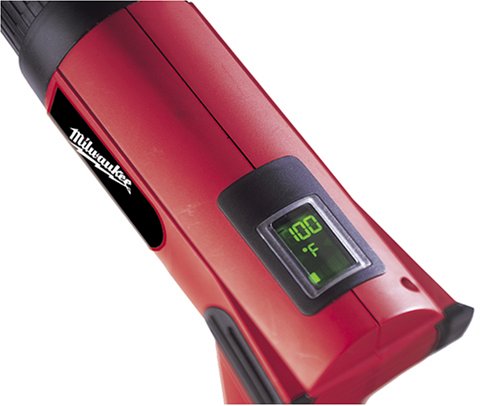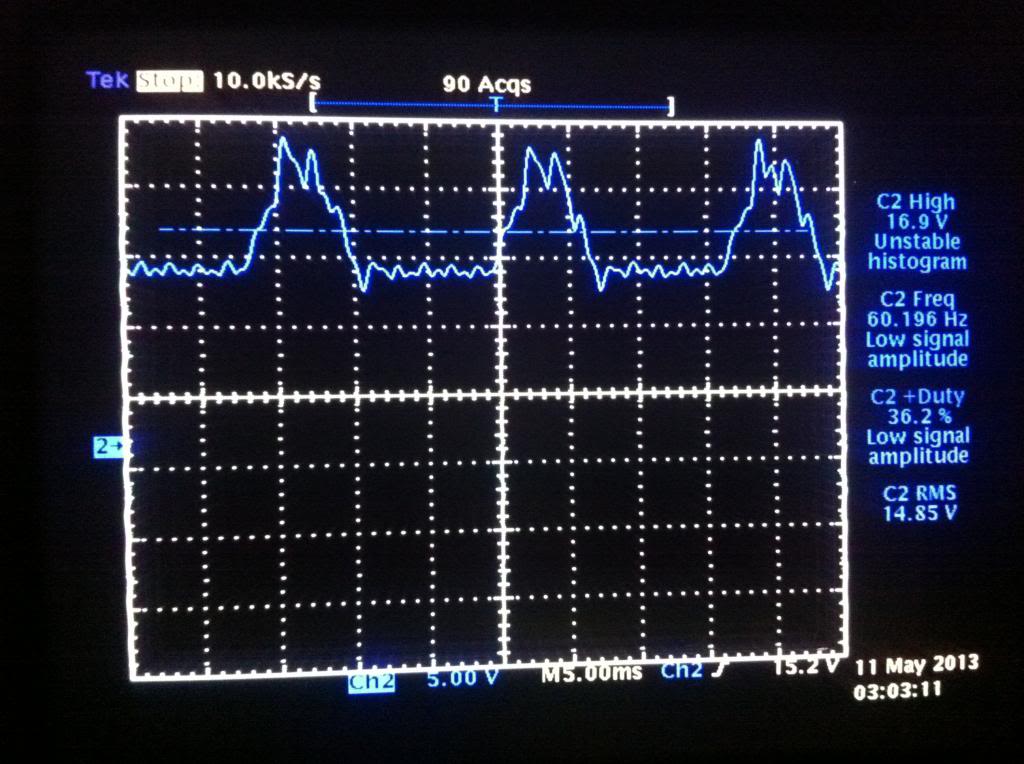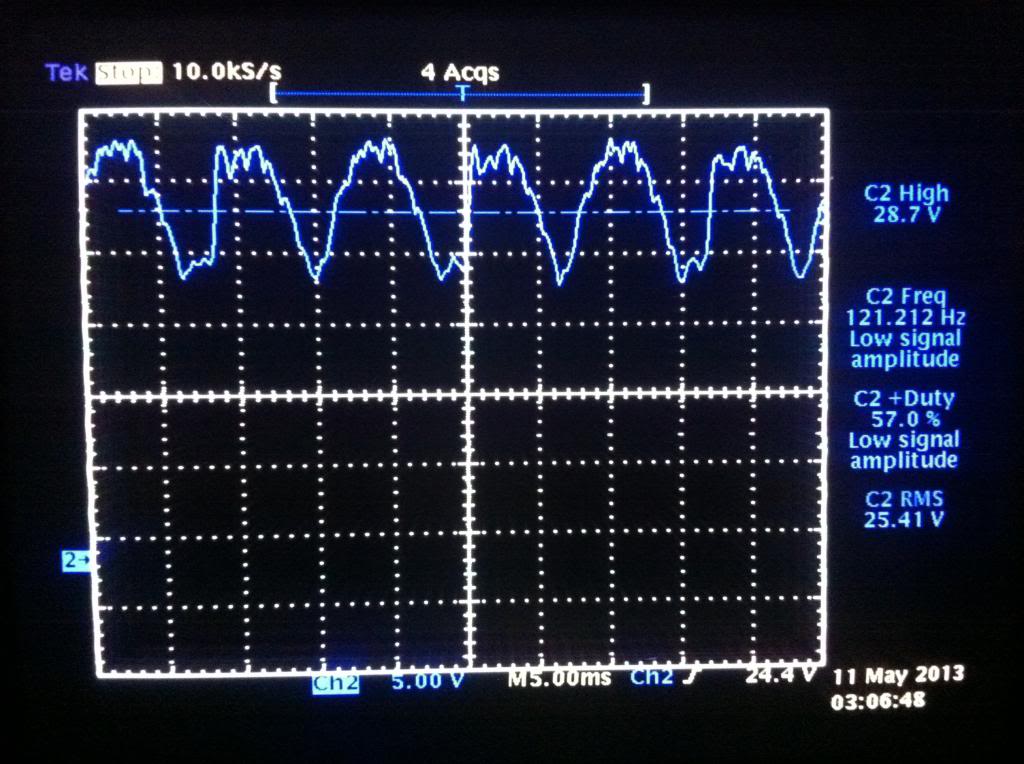edit: moved from https://www.electronicspoint.com/frankensteins-components-t254697p2.html
It's adjustable from 70°F to 1100°F. Yeah the airflow has 2 range settings, the low one works great, the high one is a little overblown, forgive the pun, heh.
That nozzle was just a 10 minute quickie, but it works pretty well.
Edit: I actually just had it apart tonight, the LCD temp display was missing half of it's digits, so I yanked it apart and found a few wires that had popped off the solder joints on the board. Problem's gone now! But anyways, I was thinking about adding a pot to the blower motor instead of just the 2 position switch to get infinite adjustability. Do you think it would be worth doing?
Here's a shot of the LCD panel, you can control temp to within 10 degrees. You move the slider on the handle and the display switches momentarily to "setting" mode, then after a few seconds of no movement it goes back into "reading" mode. It's got a closed circuit loop so it can adjust temperature on the fly to compensate for the different airflow settings.

It's adjustable from 70°F to 1100°F. Yeah the airflow has 2 range settings, the low one works great, the high one is a little overblown, forgive the pun, heh.
That nozzle was just a 10 minute quickie, but it works pretty well.
Edit: I actually just had it apart tonight, the LCD temp display was missing half of it's digits, so I yanked it apart and found a few wires that had popped off the solder joints on the board. Problem's gone now! But anyways, I was thinking about adding a pot to the blower motor instead of just the 2 position switch to get infinite adjustability. Do you think it would be worth doing?
Here's a shot of the LCD panel, you can control temp to within 10 degrees. You move the slider on the handle and the display switches momentarily to "setting" mode, then after a few seconds of no movement it goes back into "reading" mode. It's got a closed circuit loop so it can adjust temperature on the fly to compensate for the different airflow settings.

Last edited by a moderator:


